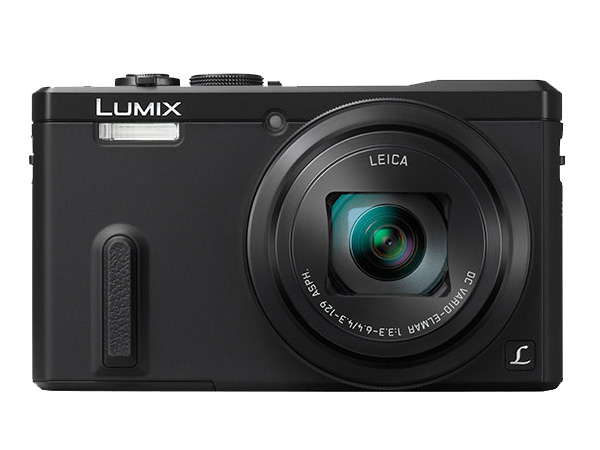
With smartphones capable of taking amazing photos these days, is there really any point buying a point and shoot camera? Panasonic still think so, and are throwing as many bells and whistles into the TZ60 to try to convince you. After two weeks travelling with the TZ60, I’m still undecided. The camera was easy to use, and took much better shots than my smartphone, but is it worth the price?
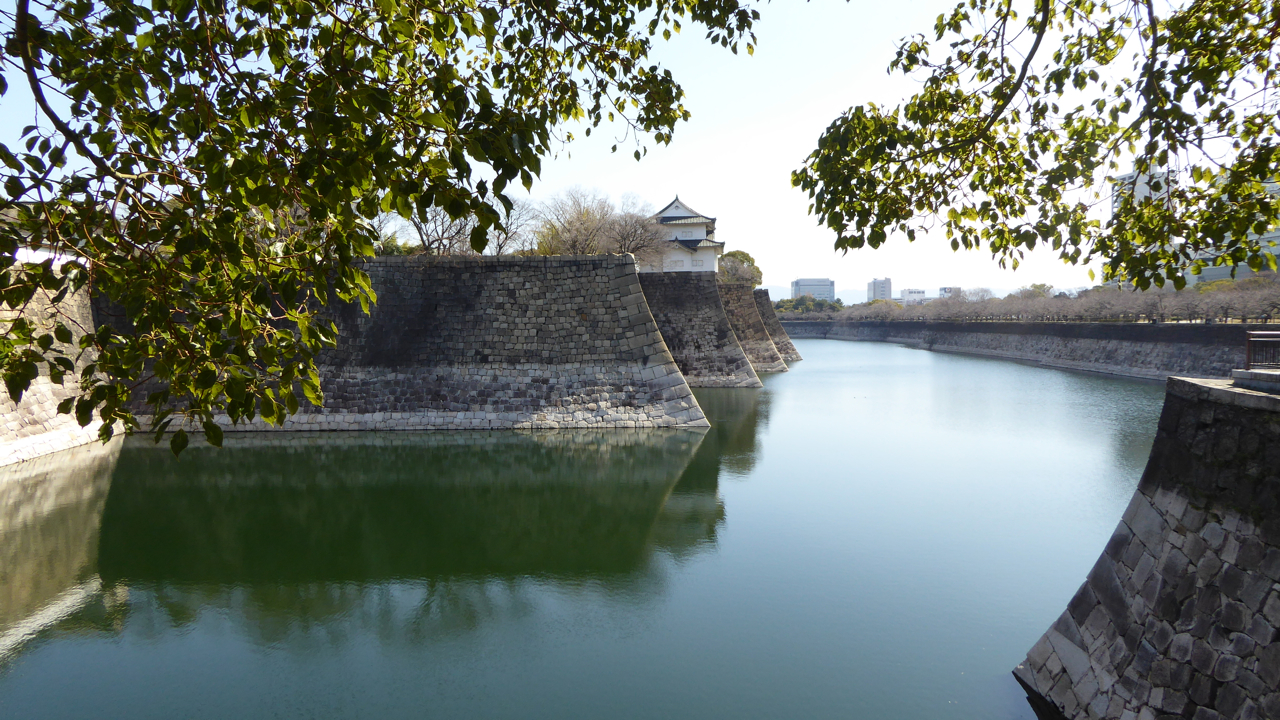
Panasonic are marketing the TZ60 as a Travel Camera, not a point and shoot. It’s an interesting angle. The camera packs wifi, GPS, and a tonne of built in presets that lends itself to travel shots, like Panorama shots, a tonne of different Landscape presets (night, starry night, nature, city lights, etc), and even a mode that counters shooting through reflective glass.
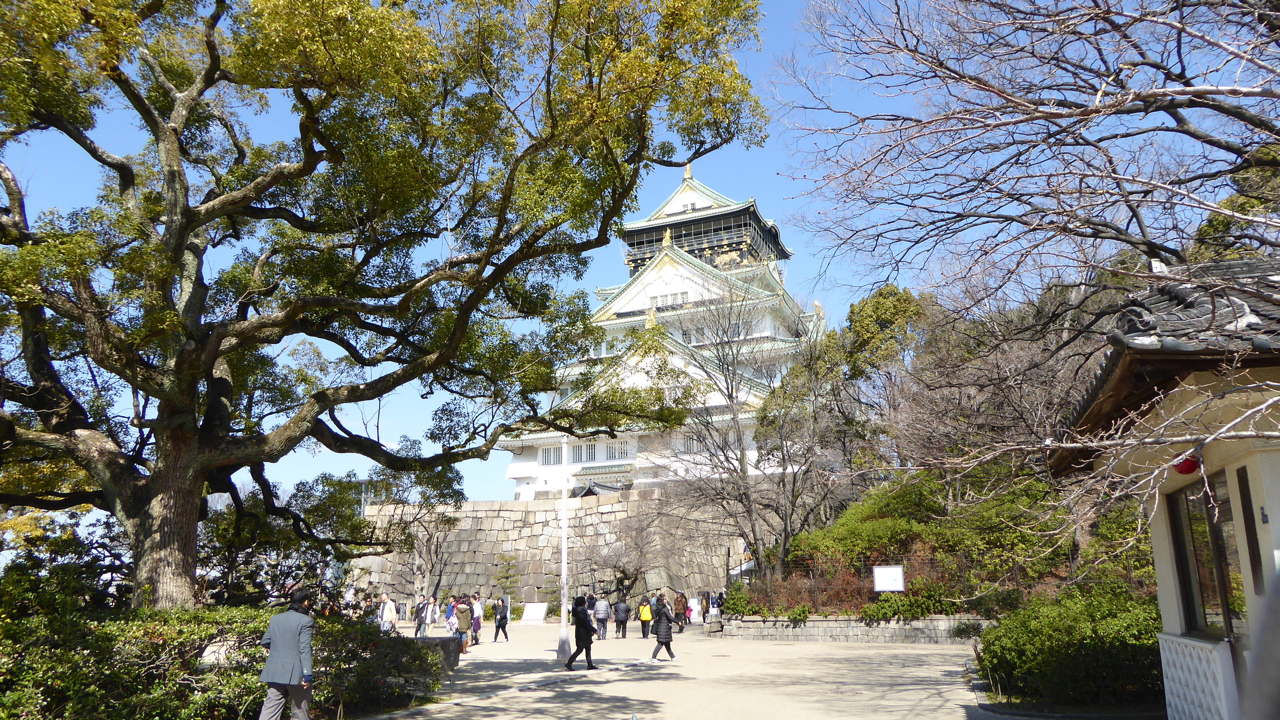
But marketing aside, this is a point and shoot, and that’s exactly what it does best. The first few days with the camera I experimented with manually adjusting focus and exposure, but soon realised I was getting better shots on Intelligent Auto (with the flash off, because I’m not an animal).
Even playing with the many scene modes was not necessary. If I thought a shot would be improved by shooting in HDR, I’d take a HDR shot, then immediately take an Intelligent Auto shot, and the two shots were identical.
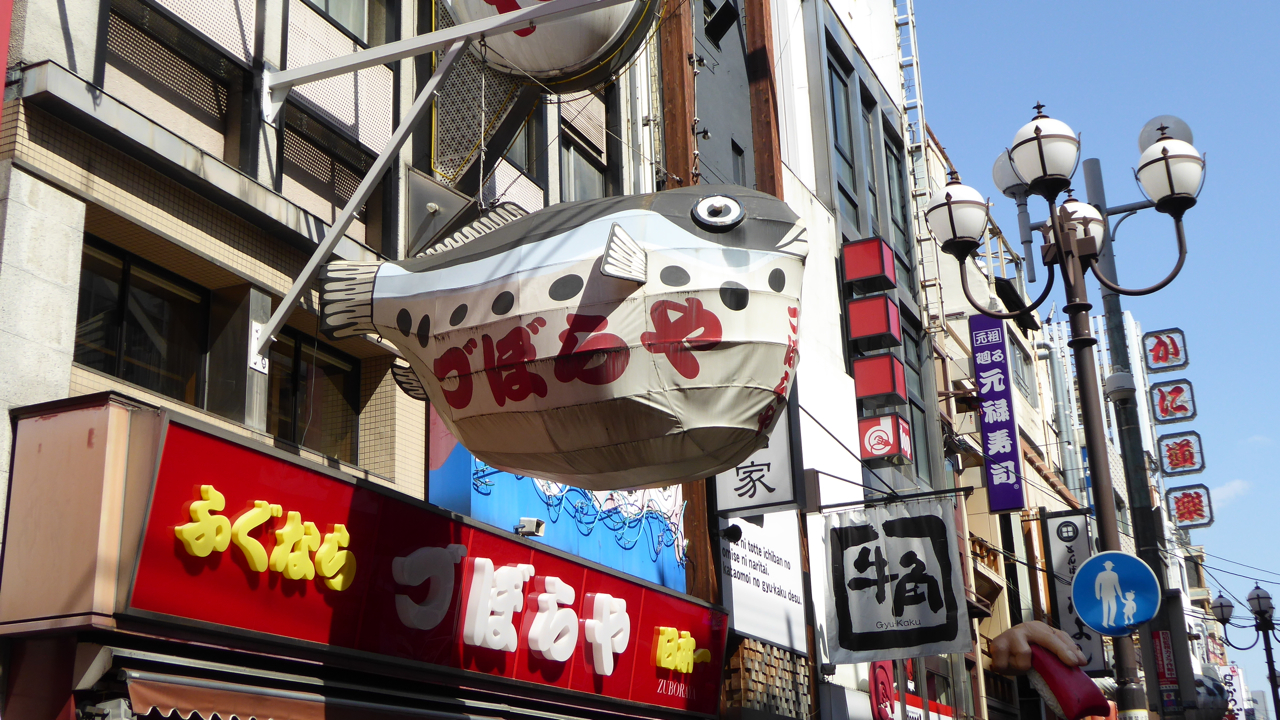
The one time where Intelligent Auto failed me was on fast moving images, at events like Sumo wrestling. (Sumo wrestlers are surprisingly fast!) Automatic shots were coming out blurry. Flipping to sports mode fixed the blur, even when zoomed all the way in. The results weren’t perfect, I still had a bunch of blurry shots, but enough were usable.
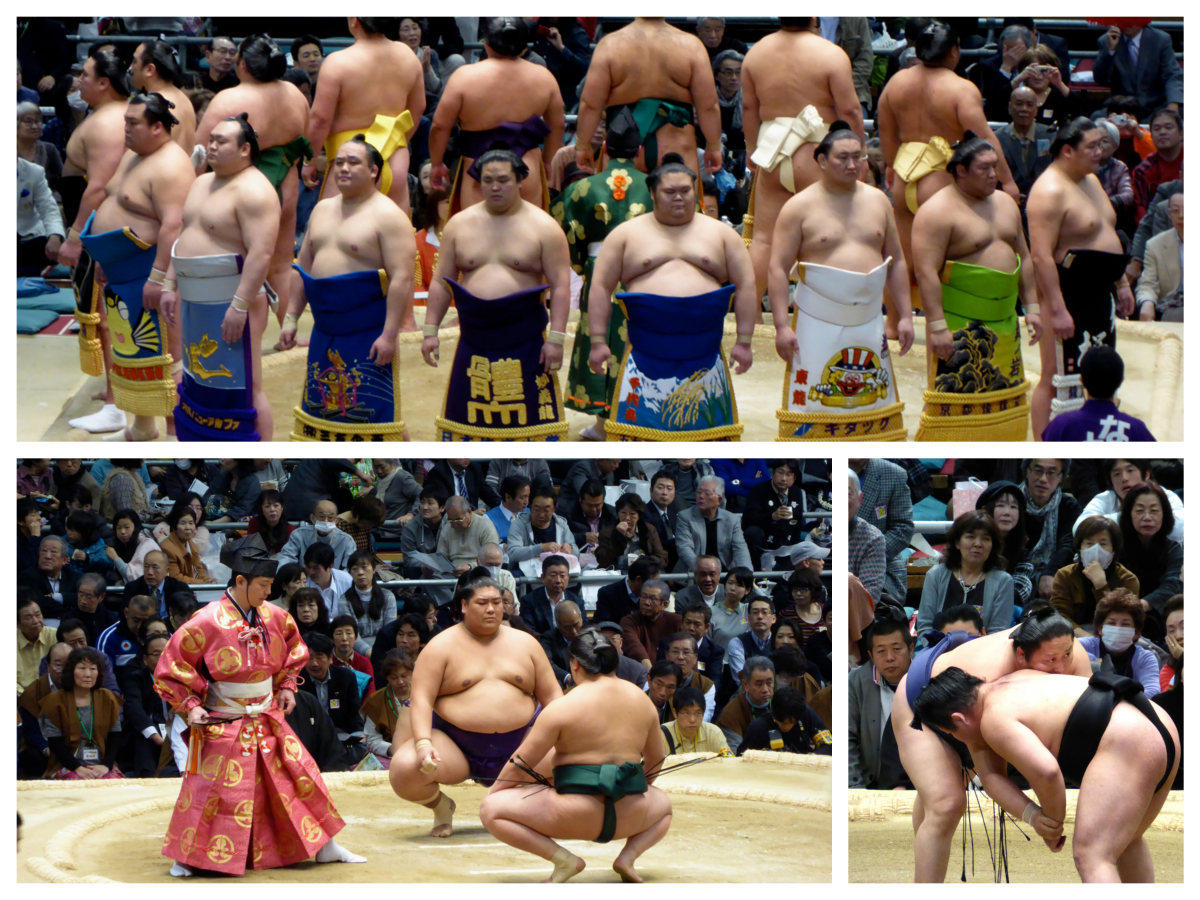
The camera probably worked hardest in the Robot Restaurant – a dark room full of reflective surfaces, strobe neon lighting, fast moving robots and bikini clad women.
Here, after some experimentation, I found the High Sensitivity Mode. With High Sensitivity Mode on, I didn’t even both looking through the viewfinder, I just pointed the camera in the direction of the stage, and clicked away. Again, I was surprised how well the camera performed, capturing laser rays and detailed costumes. The collage below is compressed for uploading, but you get the idea.

The Leica lens lives up to it’s reputation. A good ninety percent of the photos I snapped without thinking came out great – with sharp focus, vibrant colours and balanced contrast. The only time images appeared a little washed out or low on contrast was when zoomed all the way in. Still, this wasn’t a given, many photos came out just fine when using the 30x physical zoom, and having a zoom that powerful in a pocket camera is pretty great.
My favourite feature of the TZ60 was the live viewfinder. The viewfinder is tiny, but usable. The digital overlay includes a simplified mode with a horizon guide and standard grid. Another click reveals everything, from shutter to iso to focus. Using the viewfinder makes the TZ60 feel more like a “real” camera, and it’s great way to save battery, which is something you have to bear in mind if you’ll be using the built in Wifi and GPS.
Have GPS will Travel
The Panasonic comes with built in GPS – it may sound gimmicky, but I really miss location metadata on photos I’ve taken with my DSLR, especially my holiday snaps. More importantly, it brings the camera in line with the features you’d expect on your smartphone. The GPS was pretty damn impressive actually, the viewfinder would often display the name of the location I was in without any other connectivity available. I’m not even sure how it was pulling down that data, but I was impressed.
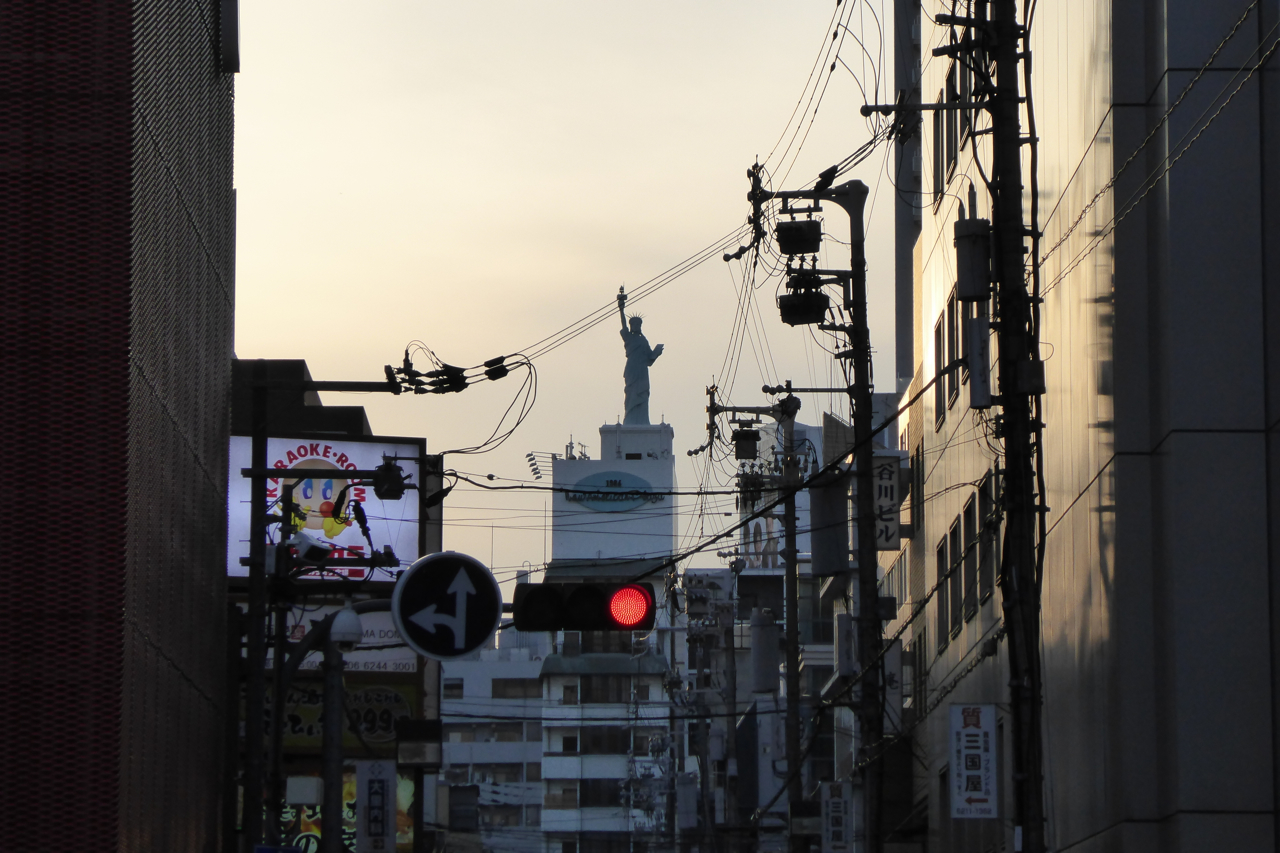
The TZ60 also includes wifi, again, matching the capabilities of the smartphone it’s hoping to replace. To start with a positive, the Wifi features access to a Lumix Club, to back up photos on the go. The Lumix Club works like iCloud photo backup, you get storage for up to 1000 photos, and they exist on Panasonic’s servers for 30 days. From Lumix Club, you can send photos to your favourite social sites, and 30 days should be long enough to move the photos to your final destination.
I used the wifi functions mainly to transfer photos from the camera to my smartphone. Unfortunately, data transfer is slow, and the Panasonic app for iPhone or Android is even slower.
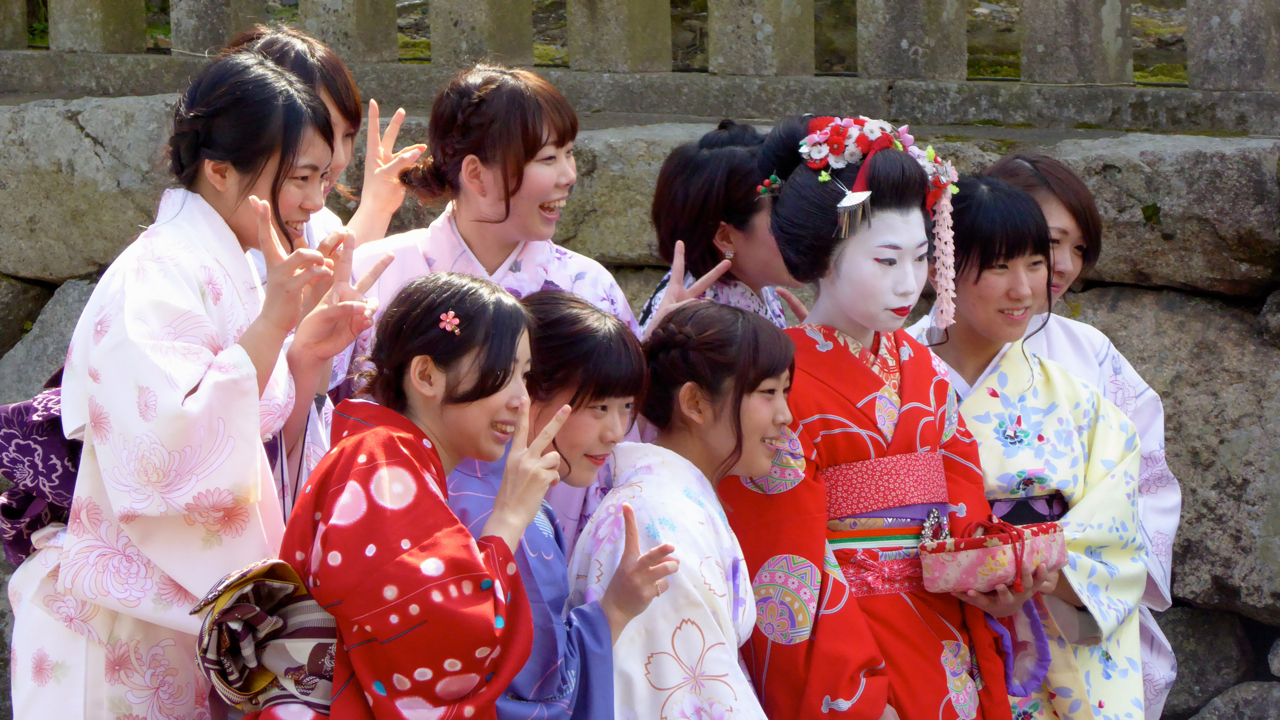
The App has the same kludgy, confusing interface on both platforms, as if it were designed once without much care, and then handed off to contractors for a quick coding. Creating a direct wifi connection is simple enough, but often I’d find the app disconnecting, or on Android, crashing. It was a shame, I was looking forward to taking photos with the TZ60 and quickly transferring them to my phone for an Instagram upload, but the reality made it too annoying to bother. This issue is not unique to the TZ60, Anthony has similar complaints using an Eyefi card.
Overall, I think the automatic backup is the killer wifi feature. It’s great knowing you can back up your shots without waiting to get home. Still, there’s something missing with the wifi feature, something we take for granted on our phones.
I don’t want to use wifi to futz around direct transferring to a smartphone or computer, I want to use wifi to upload from the camera direct to Instagram, Dropbox, or Facebook. I realise that Panasonic are in a tough spot here. To allow direct upload to these services, they’d need to pick and choose from the thousands of services out there. Dropbox may be my choice, but who knows what service others want? If they didn’t provide just a chosen few services, then they’d need an app store and a camera with a much more complicated operating system.
Still, it feels like that’s where point-and-shoots are headed. I wouldn’t be surprised if the successor to the TZ60 has a little Android logo on the box.
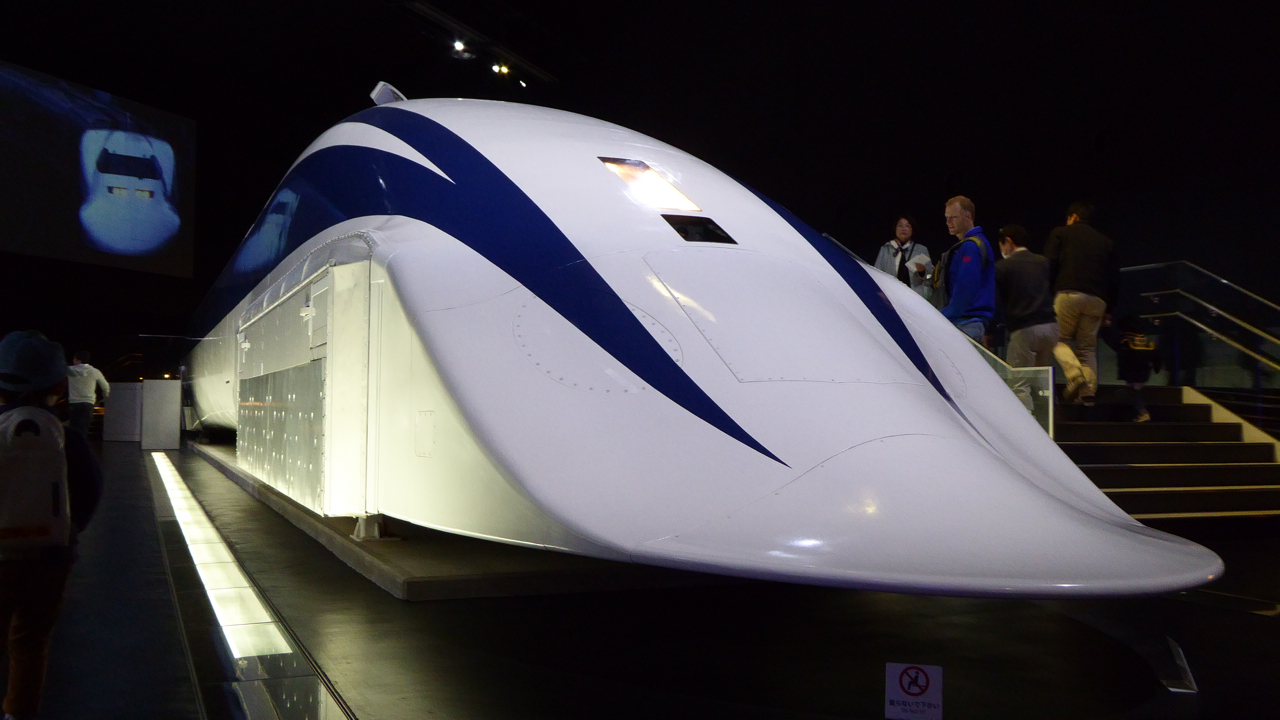
Point and Shoot Is as Point and Shoot Does
My biggest frustration with the camera was how insistent it was on keeping every part of a scene in focus. This is a common limitation of any point and shoot zoom lens, but it still took some of the fun out of shooting. Any kind of depth of field was only possible when zoomed all the way in, so for portraits you’d need to be a good 10 metres from your subject. Once zoomed in, as mentioned earlier, subjects would sometimes lose definition or contrast.
The camera does have manual focus overrides, but I found the menu system and tiny dials a little too fiddly for my fat dumb fingers. The control-ring around the lens makes things a little easier, but not by much. There’s a few second lag between moving the ring and seeing the results, which made pinpoint accuracy impossible. Still, the more I played with manual modes, the better I became, so I’m sure you could really master this camera if you put the time in.
The camera has built in tilt-shift and similar filters and effects to digitally add depth to a shot, but I’d be more inclined to shoot raw and edit in post.
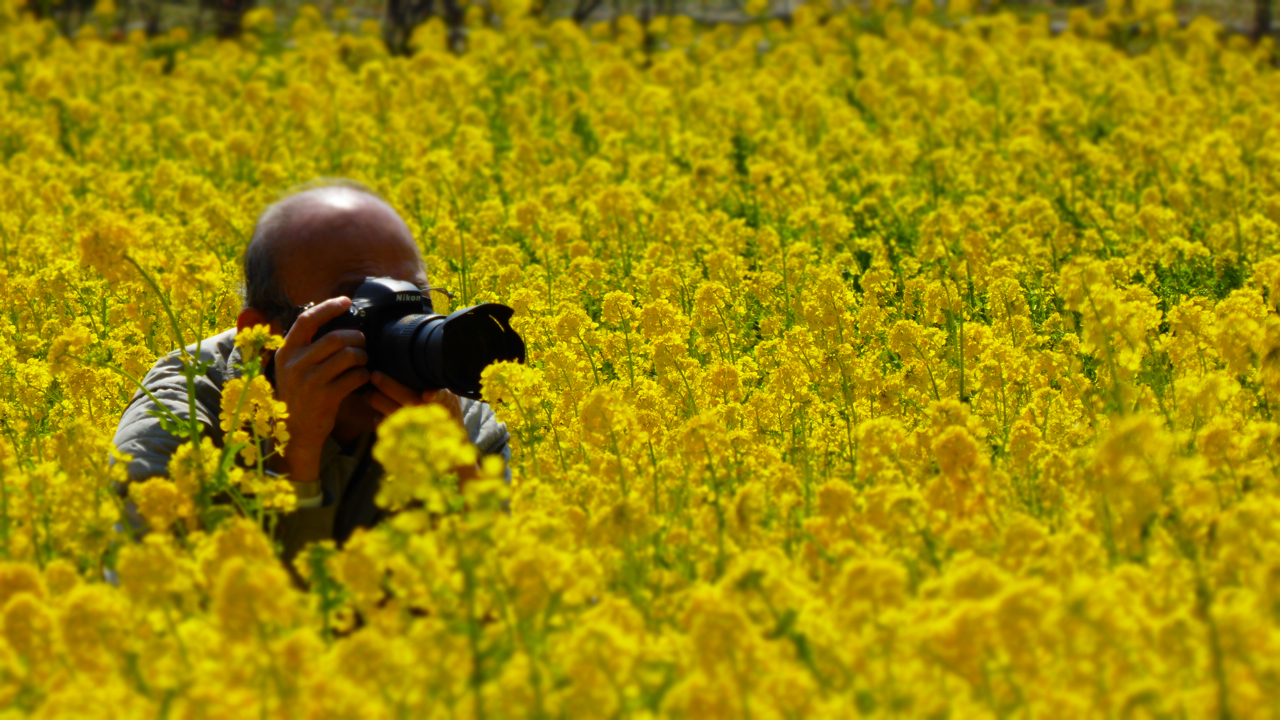
I guess I’ve been spoilt by my DSLR with Nifty-Fifty lens, and shouldn’t expect a point and shoot to perform the same way.
The TZ60 is a high end point and shoot, with a high-end price tag. If money is no object then go ahead and buy it. You’ll take way more shots than you would using just your phone, and the shots will generally be better quality. However as with most point-and-shoots, you’re really not going to pull off that many artsy shots. When GPS and Wifi trickle down to the two hundred dollar point-and-shoots, I won’t hesitate to recommend them.
But for me personally, if you’re going to spend over five hundred dollars on a camera, I’d be more tempted to put that money toward a compact mirrorless or DSLR.
The Panasonic TZ60 is available now for $549 Aud. For More Info, visit the Panasonic Website.
To see all my travel snaps from Japan, head to Flickr! (Yes, Flickr! It’s retro cool)